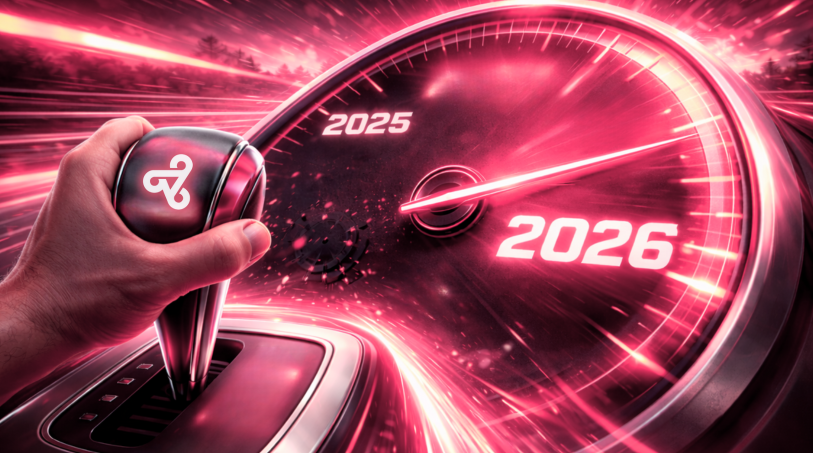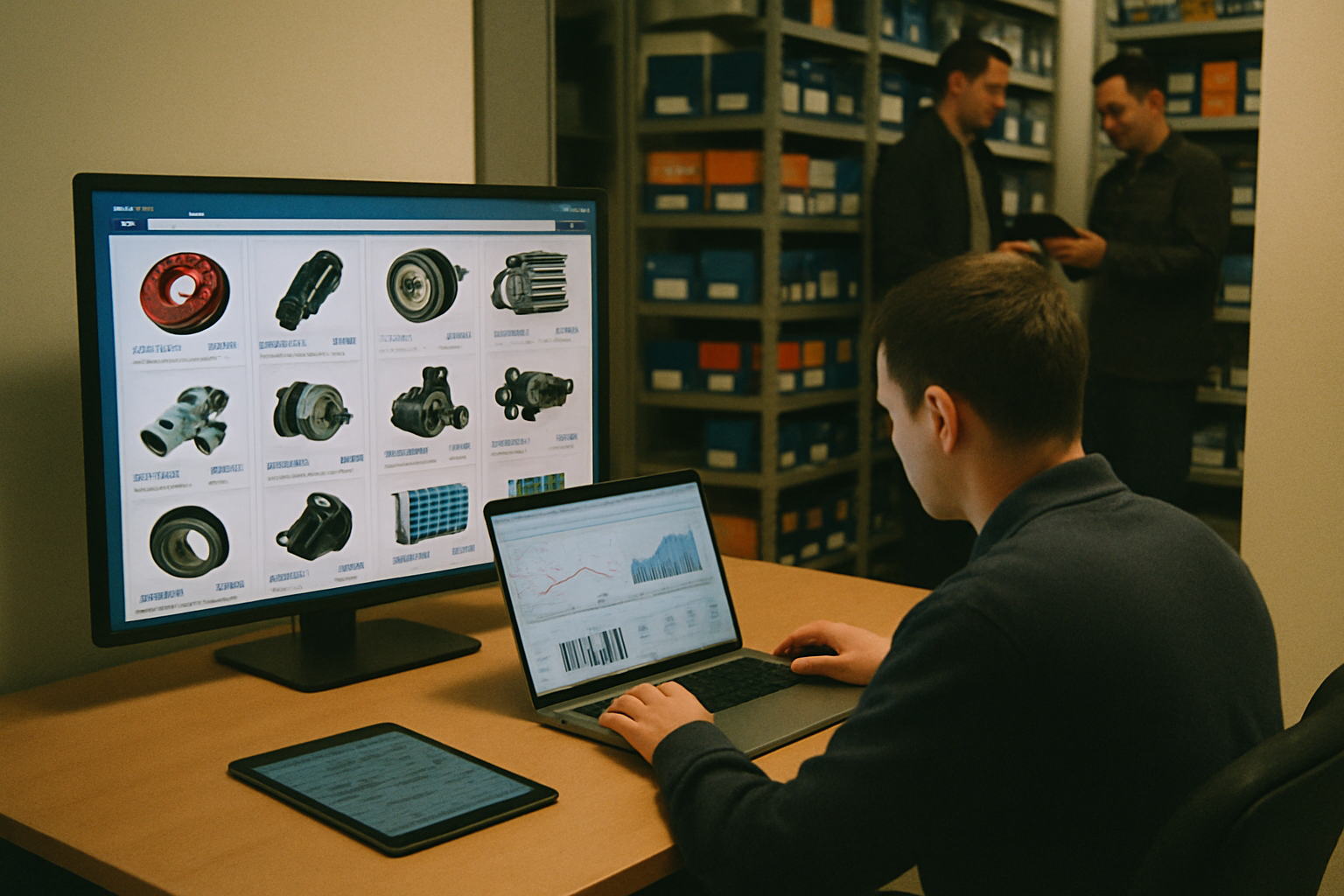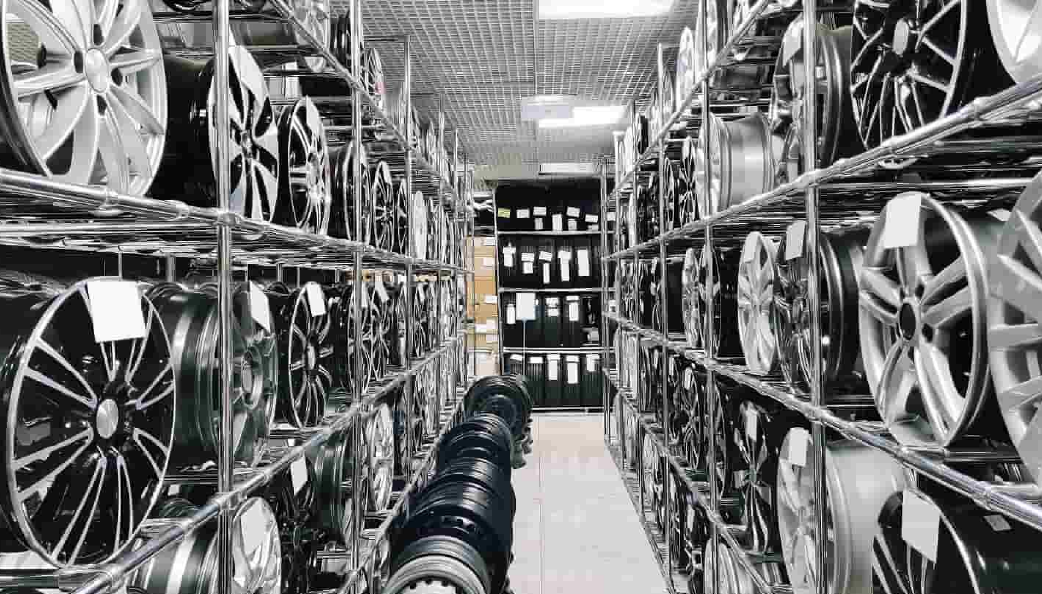Direct digital sales are growing in the auto parts sector: according to surveys across various platforms, over 60% of leading brands now manage their own stores on marketplaces or online channels. But the true value lies not just in selling more it’s about ensuring the traditional channel wins too. It’s a strategy that redefines aftermarket service, builds customer loyalty, and modernizes distribution.
The auto parts ecosystem is undergoing a deep transformation. Driven by digitalization and shifting consumer habits, many brands have begun to rethink their sales strategies, especially in the aftermarket segment. In this scenario, direct digital sales are emerging as a viable model that, rather than replacing traditional channels, opens new avenues for collaboration.
Industry data indicates that at least 63% of the leading auto parts brands in Latin America are already experimenting with direct-to-consumer models, mainly through official stores on platforms like Mercado Libre or their own e-commerce sites. The goal is clear: get closer to the end customer, improve the buying experience, and build stronger brand trust.
Official Stores and More Control: The Allure of Selling Direct
Official stores allow manufacturers and distributors greater control over the commercial process: from product listings, pricing, and content to delivery and post-sales service. In an industry where trust is essential due to the risks posed by counterfeit or low-quality parts, offering a direct and official channel becomes a competitive advantage.
But it’s not just about capturing more sales. This model also offers strategic benefits:
- Greater credibility with customers, who see the channel as a reliable source of information, availability, and warranties.
- A direct relationship with the end user, enabling better market insights, more data, and more effective personalization.
- Control over the customer journey, from published content to delivery, returns, and post-sales service.
- Improved feedback, thanks to direct communication that helps identify issues and opportunities in real time.
What About the Traditional Channel? It Stands to Gain
One of the biggest misconceptions about direct sales is that it excludes or competes with the distributor and retailer network. But this doesn’t have to be the case. Today’s technology enables collaborative models where the entire chain can participate, even if the sale originates from a brand’s digital channel.
Platforms like Alephee, for example, allow auto parts brands to sell directly on marketplaces while integrating distributors and retail outlets into the fulfillment process. The model is simple yet powerful: the customer buys from the brand’s official store, but the system offers multiple pickup points such as authorized retailers or dealerships based on stock availability, location, and convenience.
This Model Adds Value on Several Fronts:
- Distributors with inventory become active pickup points, without needing to sell on the marketplace.
- Improves logistics reach, by offering customers more delivery or pickup options at lower costs and greater proximity.
- Avoids internal friction, by keeping the traditional channel operational within the brand’s direct strategy.
- Expands brand reach, without duplicating efforts or requiring excessive logistical investment.
Sell Direct Without Division: The Future Is Hybrid
The key to succeeding with this kind of strategy lies in understanding that it’s not about choosing one model over another. The future of auto parts sales will undoubtedly be hybrid: combining the advantages of direct digital sales with the reach, experience, and customer intimacy of traditional channels.
Diversification is part of the new paradigm. There’s no single formula, but rather multiple complementary paths that must be integrated with strategic clarity. Going digital doesn’t mean abandoning what works it means empowering it with tools that better connect the customer with the entire network.
In a landscape where e-commerce is growing at double-digit rates and customers demand speed, traceability, and support, the brands that succeed will be those that integrate their channels with intelligence and openness and lead the aftermarket of tomorrow.












